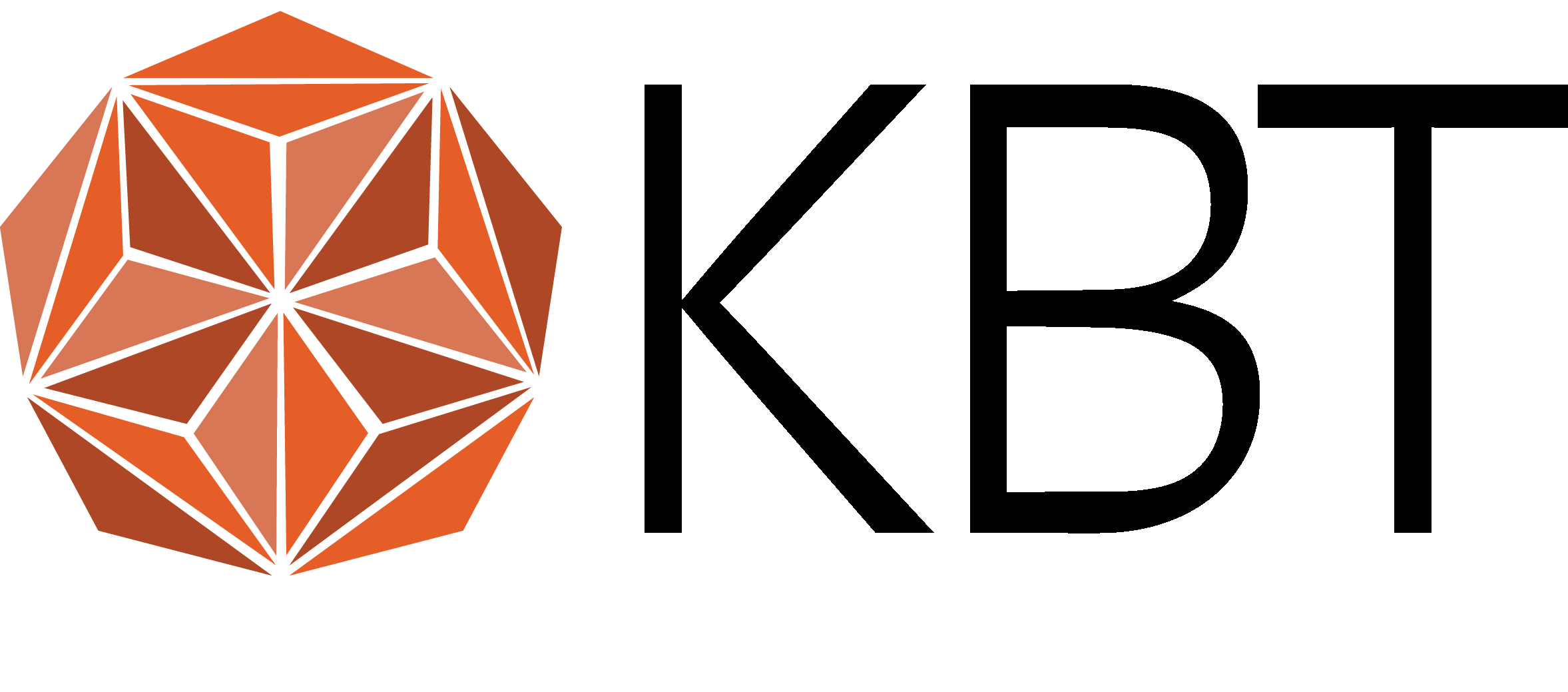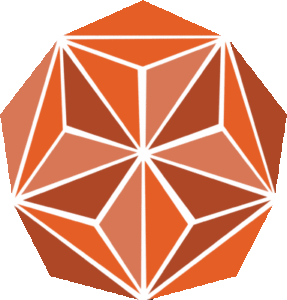GLIMT recovery center and School established in Trondheim
The center has inspiration from the CHIME model (Leamy M. et al) and building a center that shall meet the needs of people with psychiatric health challenges or also drug addiction. The center shall be an arena for culture statement I various forms, shall be key identity a connection builder. To create music and poems or making paintings is a form of personal statement and a personal process. And it has the power to create a positive identity and contribute to be a more fully human. Our niche is music and the center will be headed by a team leader with education as a music therapist. We know that there is a lot of expertise among those with user experience and we want everyone to contribute what they can. We, therefore, see that both participants of the center and staff can prepare and lead courses and workshops.
The center I building on the user movements definition of recovery. as Patricia Deegan wrote 1995 “The goal of the recovery process is notto become normal. The goal is to em-brace our human vocation of becomingmore deeply, more fully human” ref: Deegan 1995
Already we get results by providing an arena for self-development and competence enhancement through workshops on everyday mastery, in addition to art and cultural expressions. One of the key continuous workshops is about how to define recovery. One of the employees is a peer specialist and is contributing to support the personal development of handling life challenges. One of the sources of inspiration is Core Art in London, where people can express themselves through artistic expression in paintings.
We want to build a center that is accessible and attractive to many, and we want to achieve this through feedback on experiences and tips on what you feel is lacking in Trondheim. Participants will be able to participate in the planning and implementation of activities on a par with employees. KBT’s annual evaluation seminar will also be held with employees and participants to discuss what is being done well and where there are development opportunities.
A good definition of recovery emerged from participants at the Sagtun user-managed center:
“But recovery will be something to get back to … a step where you were happy. But that’s not what I won’t either. After all, I want to get back, not back to where I was happy, I want to get to a place where I can be happy with who I am now ”. (Kildal et al 2017)
In this corona times, the center has moved to Facebook and zoom meetings with the participants of the center. GLIMT Recovery Center is running workshops and live meetings with everyone to talk with each other. They are running a quiz about song titles based on live performances from participants.
References
Deegan Patricia : https://toronto.cmha.ca/wp-content/uploads/2016/07/Deegan1996-Recovery-Journey-of-the-Heart1.pdf
Leamy M, Bird V, Le Boutillier C, et al. . Conceptual framework for personal recovery in mental health: systematic review and narrative synthesis. Br J Psychiatry 2011;199:445–52. 10.1192/bjp.bp.110.083733 [PubMed] [CrossRef] [Google Scholar]
Kildal Christina, Bjørgen dagfinn og Kvisle Ingvild M. “Bruker Spør Bruker evaluering av Sagatun Brukerstyrte senter” KBT rapport 3 2017

